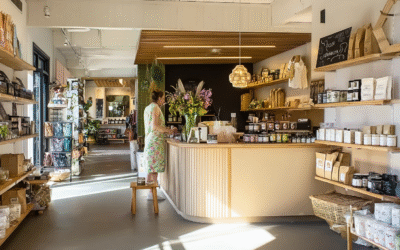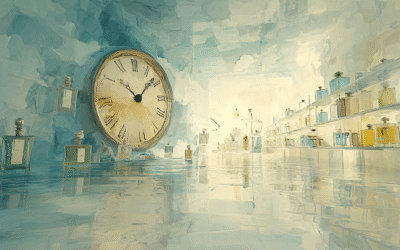Shaping Tomorrow – Insight Newsletter
Key Trend Alert: Blurring boundaries
Sheila Moorcroft, Research Director, Shaping Tomorrow
Blurring Boundaries
What have a walk for charity, an exhibition about science and a new car in common? Answer: they all blur boundaries between the real world and the digital world, albeit in different ways.
A new ‘virtual walk’ has been raising funds for breast cancer charities. Participants pay $3, create and clothe their own avatar, and set off. They can then move through a route across America from San Francisco to Boston.
* A new exhibition in the Museum of Science in Boston,is currently bringing forensic science to life – courtesy of CSI: Crime Scene Investigations, the popular TV programme. The character Gil Grissom gives visitors one of three tasks, which they then investigate. The exhibition deliberately includes a specific part of the school curriculum on scientific method.
* Mixim is the new battery operated concept car from Nissan, aimed at the burgeoning 15-17 age group, the digital generation world wide. According to Nissan’s research, this group see cars as old fashioned, smelly and so last century. The Mixim looks more like a video game control seat layout for three people than a car inside.
Why is this important?
The digital generation are different, as the comments about cars attest. Companies may need to adjust their product development and innovation to a far greater extent than they anticipated. Just as the Wii changed the games market, so the Mixim may fundamentally change our view of cars – although not before 2012.
But we will need to rethink not just products. As we have said before, organisations will need to radically change how they train and schools and colleges how they educate these young people and the generations behind them. While books will be a significant way of capturing, storing and sharing information for some time yet, those books will become more interactive, so too will the wider context in which we use them and combine them with other sources of information. Geography could be taught by walking through towns and landscapes, and soon might include smells as well as sights and sounds; history by being there. Museums are leading the way, they may also be a more integral part of learning in future.
As real world experiences become available digitally, so people, who are unable to move easily physically, can begin to experience journeys that previously would have been completely beyond their reach. In this instance for the price of $3.



